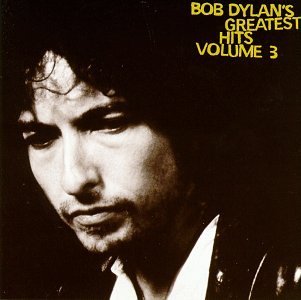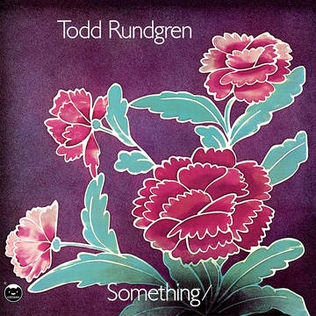By contrast, Working Classical is a mixture of some of Paul’s shorter, post-magnum opus pieces, plus some string quartet arrangements of some of his solo songs. (Most of these had been prepared for performance during Linda’s memorial services.) The blue notes in “Maybe I’m Amazed” raise an eyebrow, and the more impressionistic pieces are unobtrusive if unremarkable. The album gains points for illuminating songs like “Warm And Beautiful”, and shows big balls for orchestrating “The Lovely Linda”. It makes for quaint rainy day and Sunday morning listening, and no worse than any other “classical interpretations” of McCartney music.
 Just as the Beatles Anthology CD and video series got him inspired to do Flaming Pie, Paul’s next project was nudged along by Life After Linda, and qualified by the amazingly huge success of the Beatles 1 compilation. Wingspan was a video and a book, but most of all, it was music.
Just as the Beatles Anthology CD and video series got him inspired to do Flaming Pie, Paul’s next project was nudged along by Life After Linda, and qualified by the amazingly huge success of the Beatles 1 compilation. Wingspan was a video and a book, but most of all, it was music.
The two-CD package is, per usual, teeth-gnashing fuel for the collector on a budget, but is still a great starting point for those who don’t have any of the old albums or either of the hits packages. (Disc one, the Hits disc, includes all of Wings Greatest, and most of both editions of All The Best!) The sound is fine, and just to make things interesting some of the tracks (“Junior’s Farm”, “With A Little Luck”, “Venus And Mars/Rockshow”, “Waterfalls”) are radio edits, which can make for a jumpy listening experience but helps to include more selections—over 2½ hours worth of music. “Coming Up” is the live version, while “Maybe I’m Amazed” is the studio non-Wings version. “Daytime Nightime Suffering”, while a bonus track on the Back To The Egg CD, fits nicely on the History disc with other lesser-known favorites. The only real rarity on the set is the audio of “Bip Bop/Hey Diddle” from a 1971 film with the kids and Martha running around while Mum and Dad harmonize; “Bip Bop” is much less offensive in this down-home rendition. Both versions of “No More Lonely Nights” are used to end each disc, and the “playout version” is less irritating here than on Broad Street. “Pipes Of Peace” is more appealing here too, out of its original misguided context.
Overall Wingspan is a fantastic collection, unless you don’t need it, and many don’t. It’s been pointed out that it’s supposed to be a look back at Wings, yet we still get a lot of tracks from McCartney and Ram, five tracks recorded post-Japan and numerous tracks that have just Paul on them. A more apt title for the entire project would have been How Linda Kept Me Making Music After The Beatles, but that just wasn’t as marketable. It’s incredibly listenable, whets appetites for the original albums and, more than anything, shows off why Wings was so successful and popular, and deservedly so. So where’s the box set of unreleased tracks?
Paul McCartney Working Classical (1999)—3½
Paul McCartney Wingspan: Hits And History (2001)—4½





